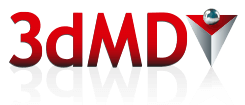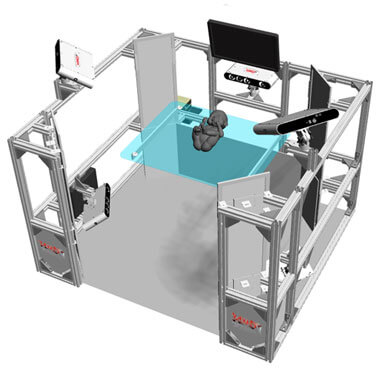An insightful talk on paediatric facial anthropometry and the importance of frame fit.
For 20-plus years, 3dMD has enabled its worldwide customer community to successfully Train AI, Wear Tech, and Image Health. With a proven clinical background, 3dMD offers industrial-strength temporal-3D (4D-motion) dense-surface camera systems for human subject applications demanding ‘near ground truth’ 3D shape accuracy including healthcare, Computer Vision, Artificial Intelligence, Machine Learning, humanoid robotics, wearable-tech, human factors, ergonomics, anthropometrics, AR/VR/XR, etc. With a highly efficient subject workflow suitable for recruiting thousands of subjects, 3dMD supports high-volume head, face, full body, hand, and foot performance capture exercises for many customer innovations from clinical findings and ‘real world’ AI/ML training to groundbreaking design of wearable tech, performance apparel, and efficient ergonomics. 3dMD’s robust technology has sustained the findings in hundreds of peer-reviewed investigative research publications – many of which are found here on our website.
From Healthcare to Artificial Intelligence, here are a few 3dMD Applications…
Blog / News
The control group were children from the Generation R Study. At ages 9 and 13, 3D facial images were captured using a 3dMDface photogrammetric device.
A scanner tool can digitally map an individual's body whilst sat in a specifically designed planning room which is sophisticated enough to scan moving babies.


